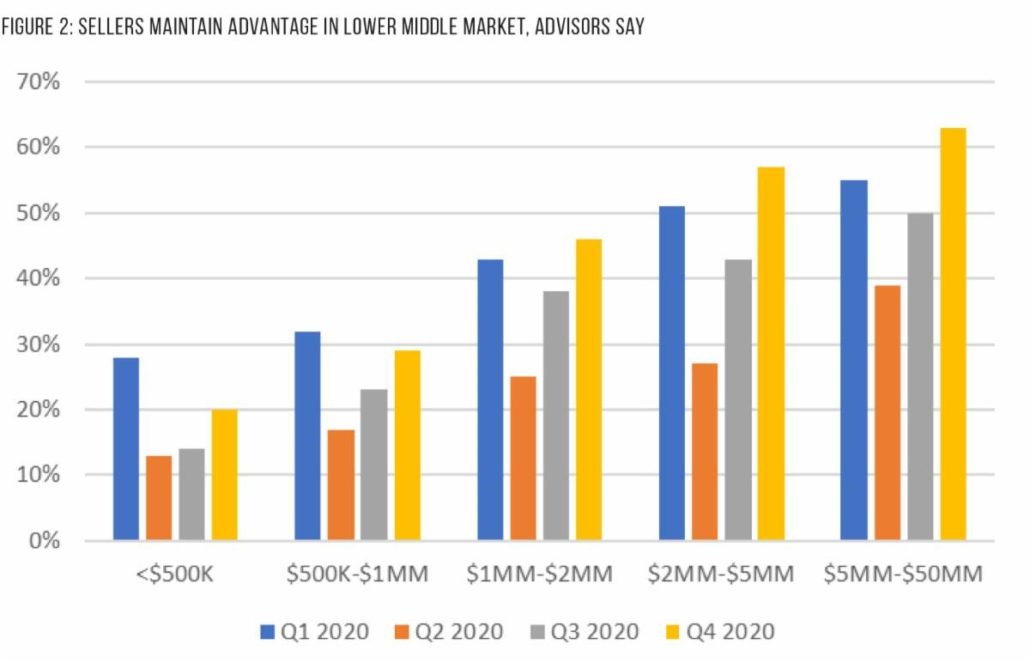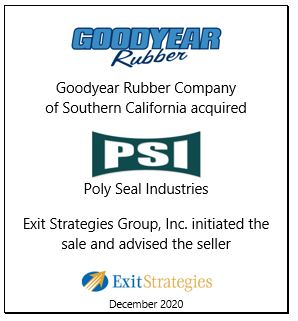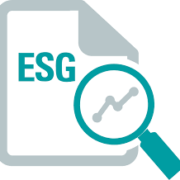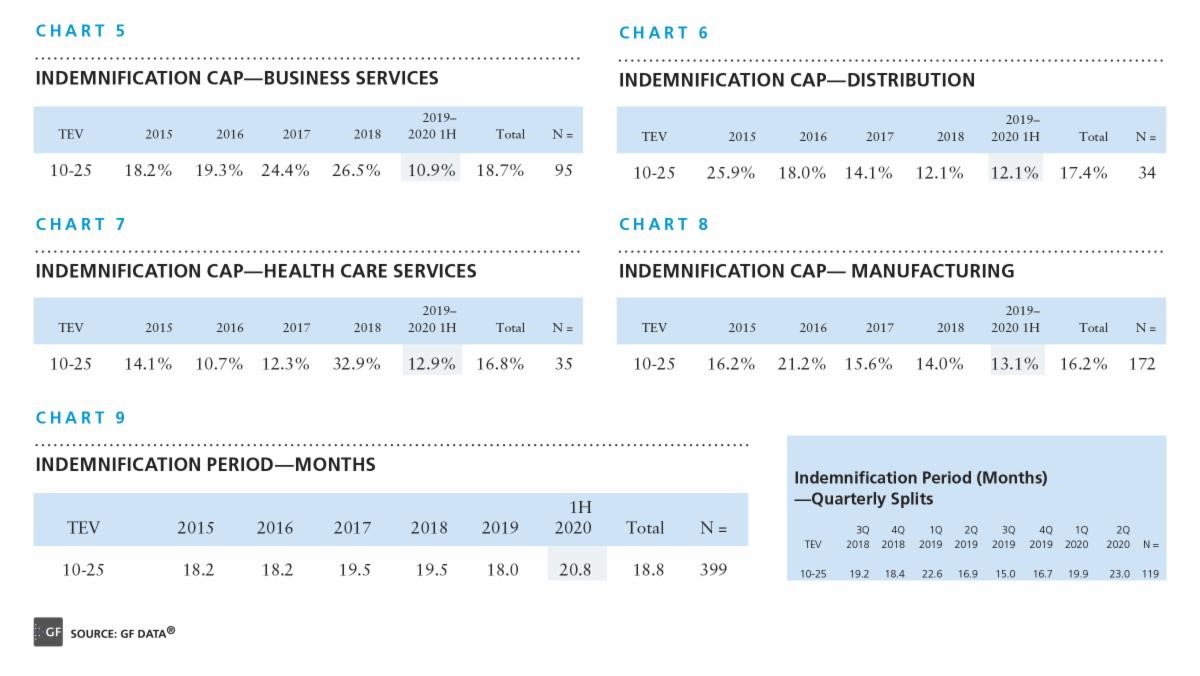 To complete deals in 2021, ahead of possible tax changes, owners and deal teams need to act fast.
To complete deals in 2021, ahead of possible tax changes, owners and deal teams need to act fast.
With the Democrats in the White House and having the tie-breaking vote in the senate, it is likely that taxes on corporations and wealthy individuals will increase during this administration. When and how much are unknown. With COVID recovery as the administration’s immediate priority, many think we will have until 2022.
Biden has proposed raising long-term capital gains tax to 39.6% on income above $1 million, nearly double the current rate. That change would have a major impact on business transfers.
To help understand the impact, I ran some quick numbers … Say a business has $20 million in revenue in 2021 and is growing 5% annually. Assume a consistent 15% EBITDA margin and 6x price/EBITDA multiple at sale. To simplify the math, let’s assume a $0 basis and ignore state taxes and transaction costs.
Option A: The owner sells in 2021.
With EBITDA of $3 million and a 6 multiple, that’s $18 million enterprise value. At the current 20% capital gains rate, the tax liability would be $3.6 million, for net proceeds of $14.4 million.
Option B: The owner holds and grows the business, and sells in 2023.
With 5% annual growth, revenue is now $22 million and EBITDA is $3.3 million. At 6x, that’s an enterprise value of $19.8 million. At a 39.6% capital gains tax rate, the tax liability would be $7.8 million, for net proceeds of $12 million – a significant reduction from $14.4 million.
Under those conditions, a business owner would need to hold and grow the business for six years to yield the same after-tax proceeds.
Yes the owner would receive cash distributions during those years; however, they would also have the risk and headaches of owning the business and would have to delay retirement.
If you are a business owner and are thinking about selling and retiring in the next few years, start talking to your advisors now. It takes 9 months on average to sell a business, and preparing for the sale process can take some time. Work with your financial advisor to understand how much in assets and/or income you need to fund your retirement. Obtain a value and sale readiness assessment from an experienced M&A advisor like Exit Strategies Group. Then have your CPA advise on the current and potential tax burdens now and in the years ahead.
Al Statz is the founder and president of Exit Strategies Group, a leading California based lower middle market M&A advisory and business valuation firm. For further information on this topic or to discuss a potential business sale, merger or acquisition, confidentially, Al can be reached at 707-781-8580 or alstatz@exitstrategiesgroup.com.







 Founded in 1974,
Founded in 1974, 
 To complete deals in 2021, ahead of possible tax changes, owners and deal teams need to act fast.
To complete deals in 2021, ahead of possible tax changes, owners and deal teams need to act fast.







